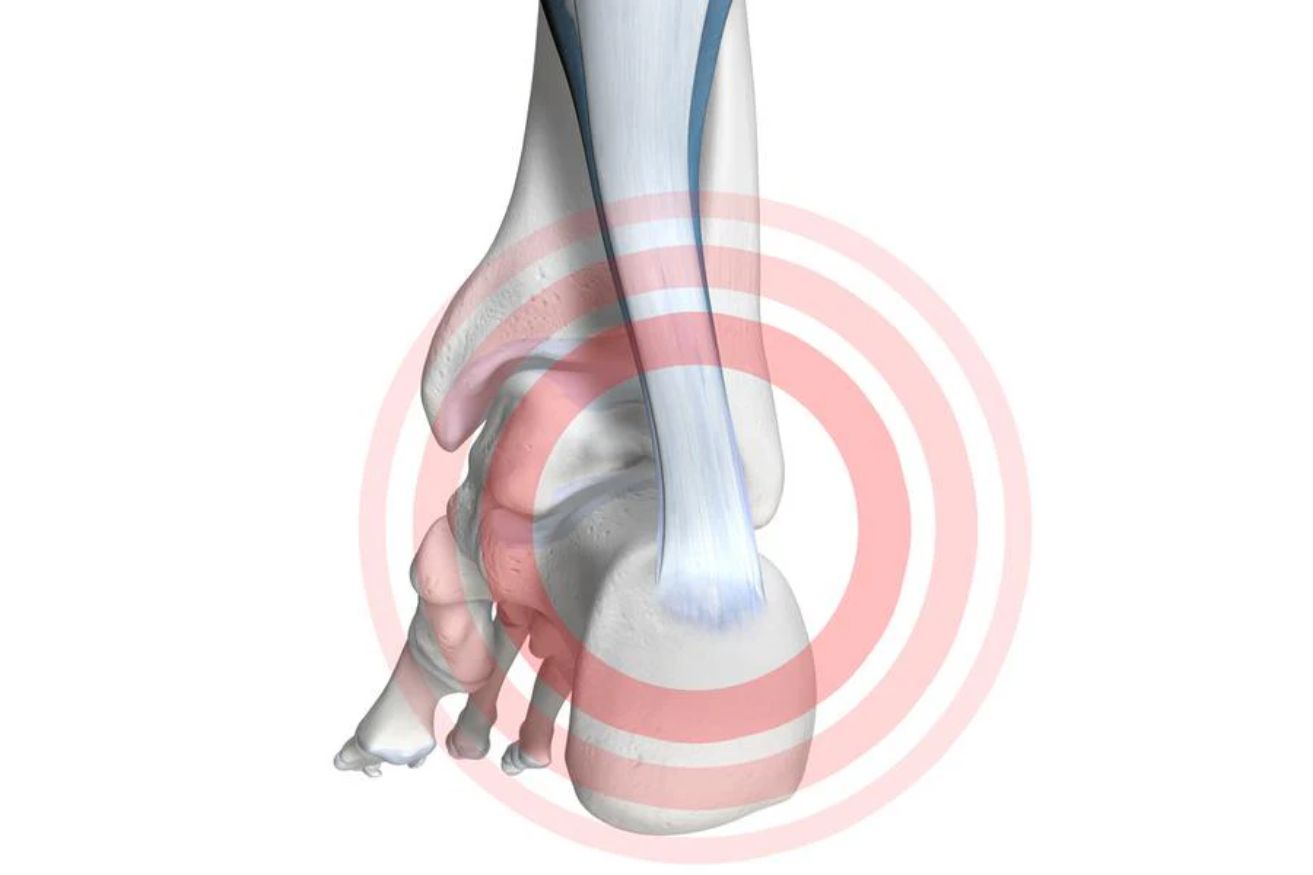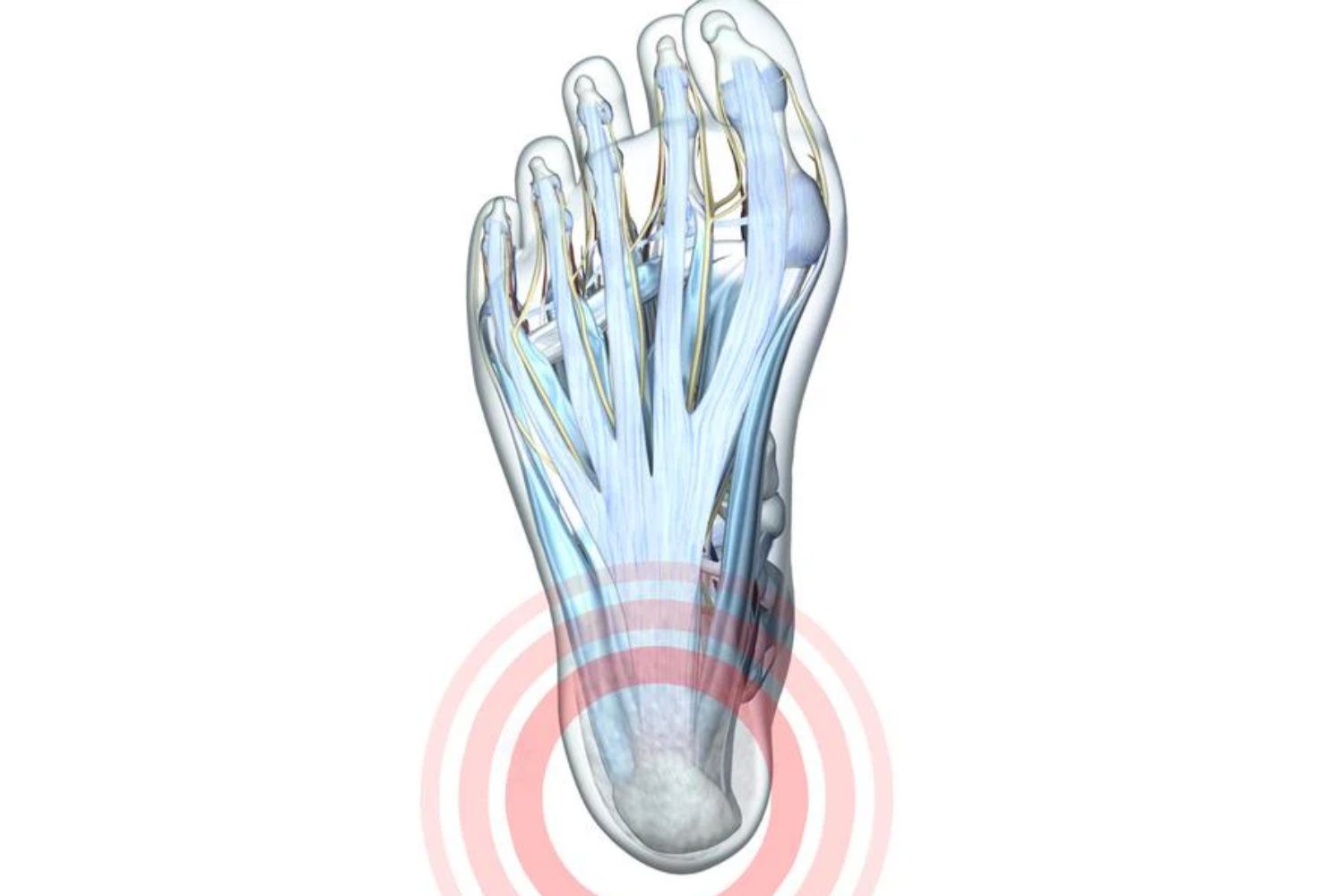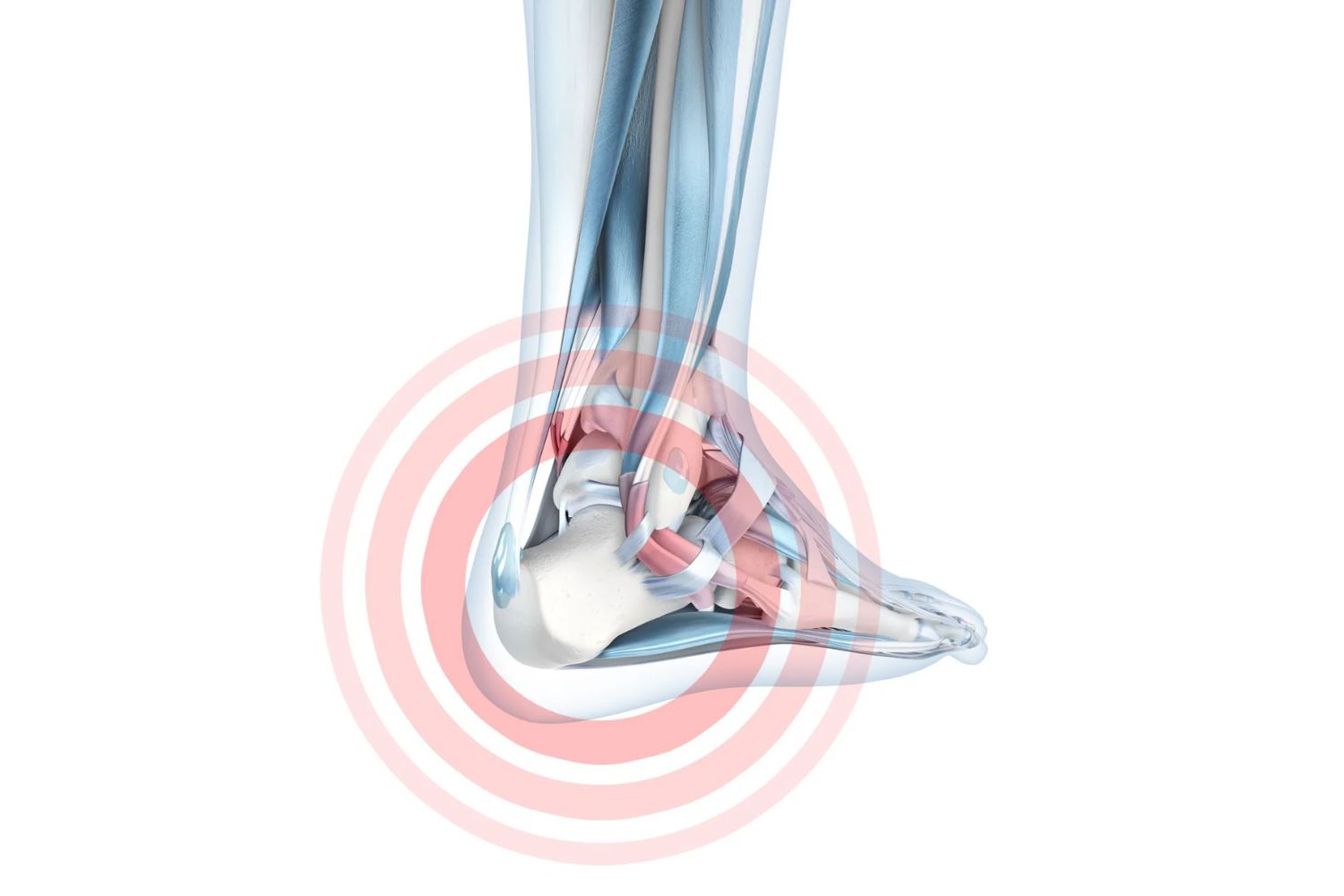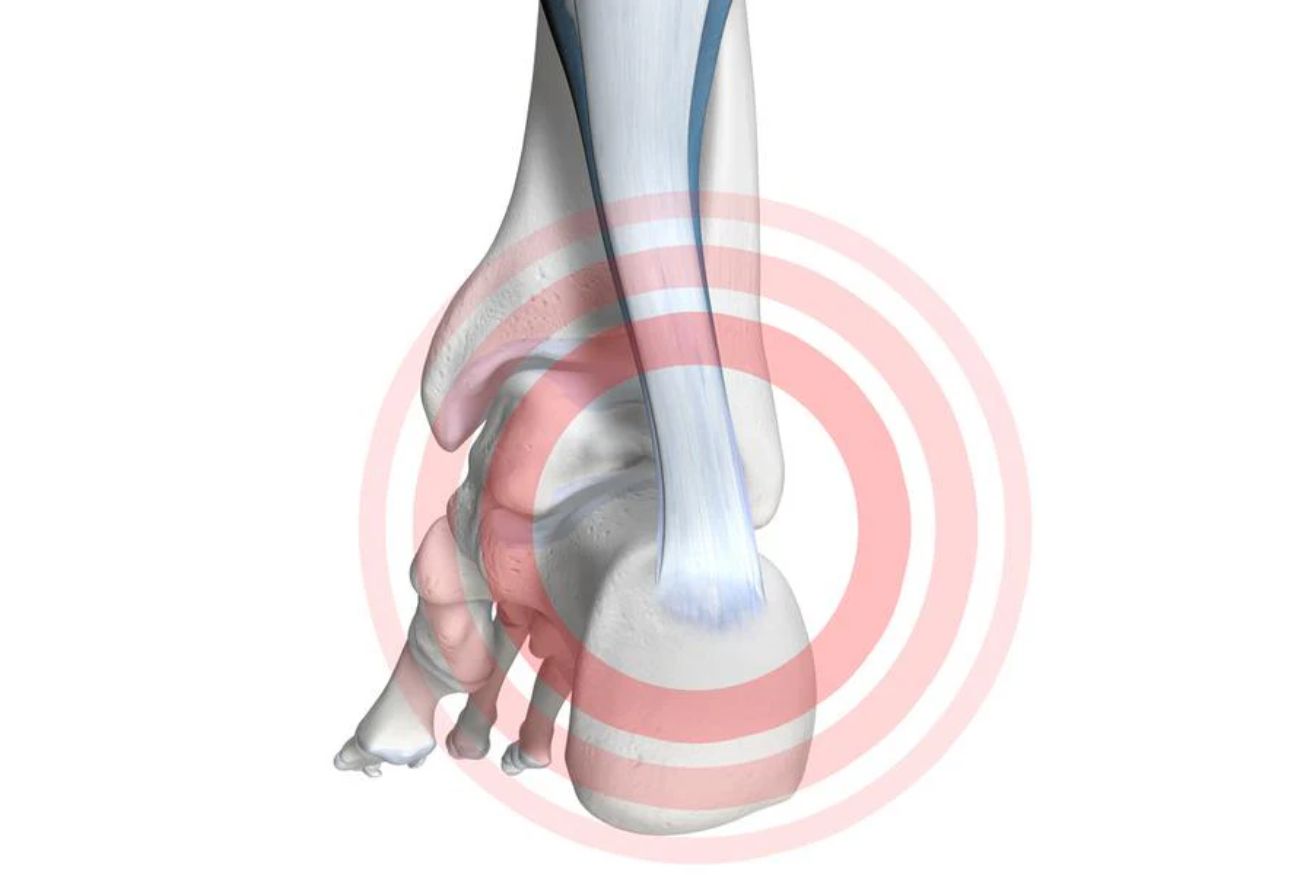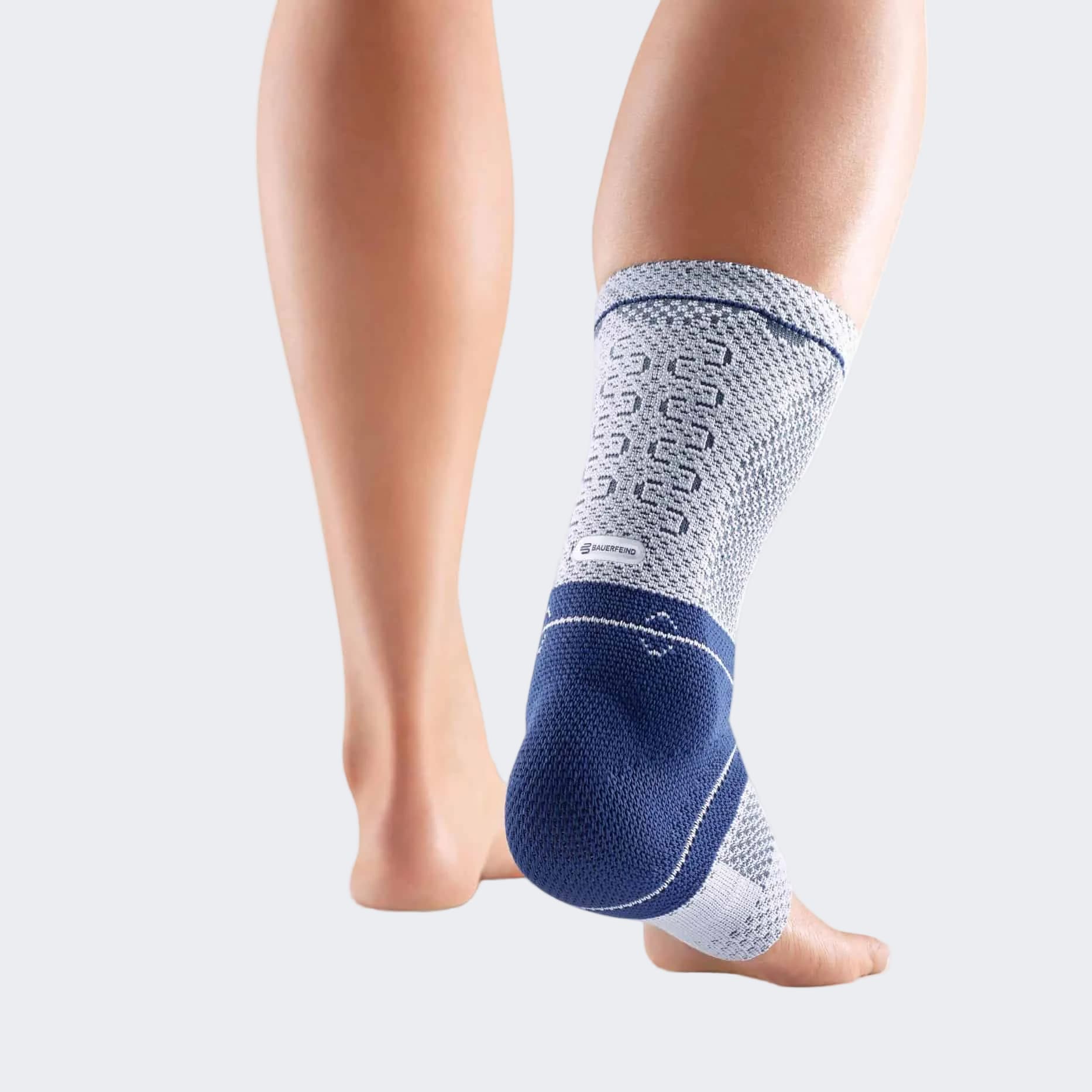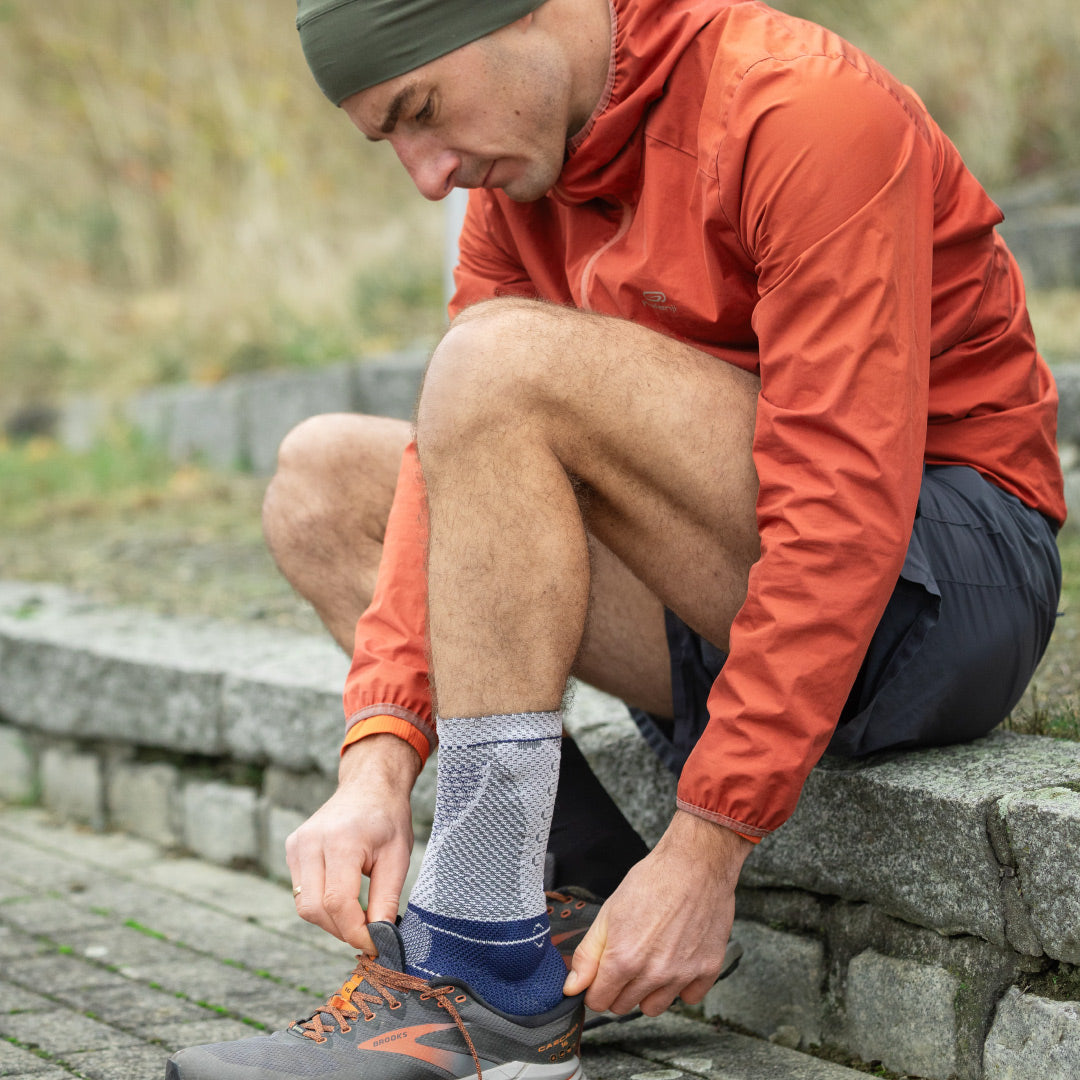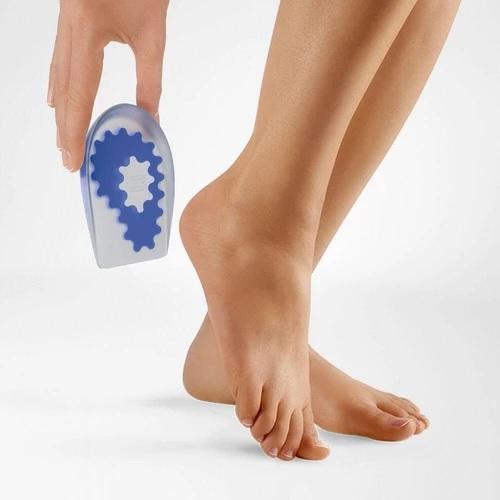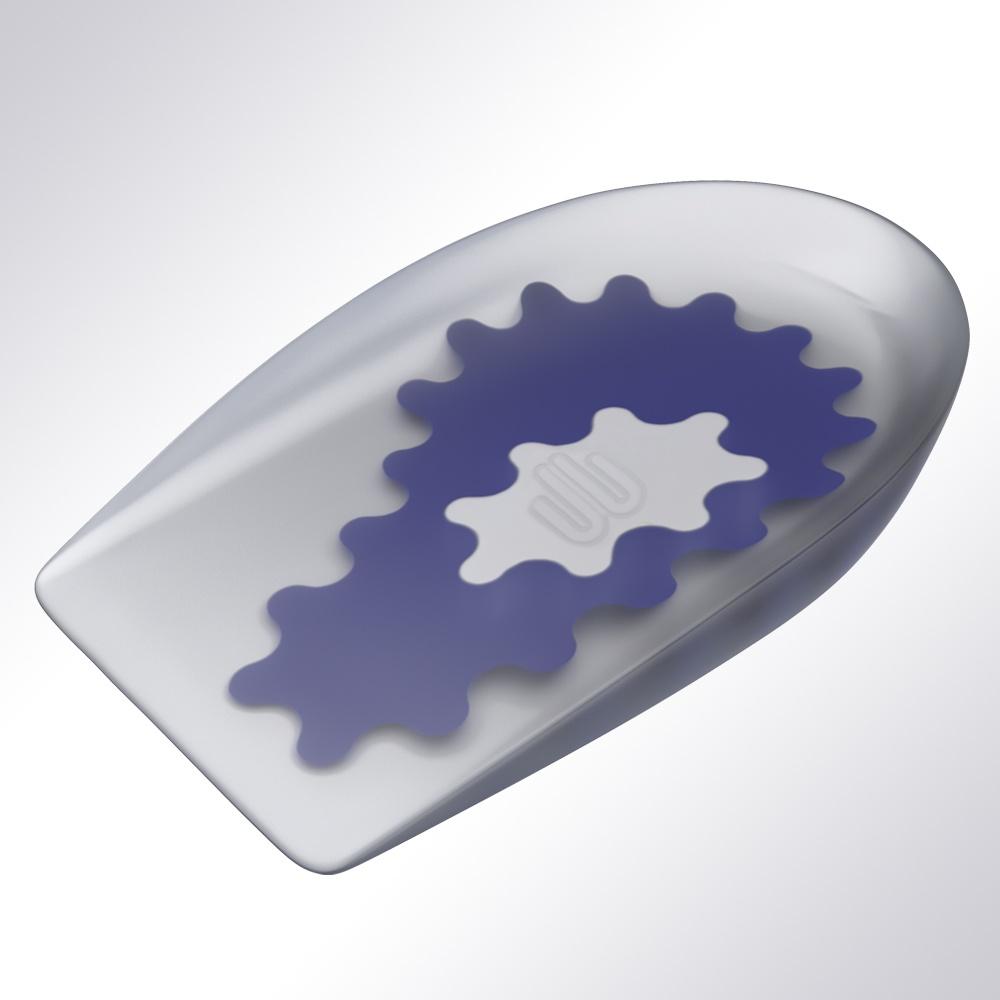Our feet bear the weight of the body and facilitate the transfer of power from our lower legs. The ligaments, tendons and bones in our feet all serve crucial roles that allow for complex movements like standing, walking, running and jumping.
Haglund’s deformity is most commonly caused by abnormalities in the bone and soft tissues of the feet. It is a degenerative condition that can lead to painful bony growths at the rear of the heel.
Long-term wear and tear of the feet can lead to chronic cases, with patients suffering severe pain and discomfort and significantly restricted mobility.
Causes of Haglund’s Deformity
There are several known factors that contribute to the development of this degenerative disease. Some of them include:
Intense physical strain on the feet
Occupations that involve long hours of standing or walking around (e.g., people working in retail or warehouses) can lead to foot overloading. People whose jobs involve a rigid foot posture, like machine operators in warehouses and factories, are particularly vulnerable.
Footwear
Incorrect footwear or wearing poorly fitted shoes can lead to uneven load distribution on the feet. This is more common in women who wear heels and tight-fitting shoes.
High-intensity sporting activities that place an excess load on the feet, such as tennis, rugby and running. Unhealthy proprioception can exacerbate the risk.
Pre-existing conditions
Rheumatism and inherent malformations in the structure of the feet bear the risk of degeneration. For example, a patient might have a hollow foot where the arch of the foot is excessively pronounced, and the toes are curved. This places excess stress on the heel and exacerbates the condition. Meanwhile, birth defects can lead to a slightly bulged heel that increases the risk of Haglund’s syndrome.
Haglund's Deformity Symptoms
Haglund’s deformity syndrome is a condition affecting the heel bone and the Achilles tendon in the foot. The symptoms depend on the progression of the condition and tend to get worse with time and age.
Some of the most commonly associated symptoms include:
- Development of a bony bulge on the surface of the heel bone. The bulge then rubs against the inside of the shoe and causes irritation and discomfort.
- Swelling and pain in the Achilles tendon where the bone is pressing against it.
- Mild cases usually involve episodic pain after long periods of inactivity, usually after a long night’s sleep or a long workday at a desk. The pain subsides eventually; however, the underlying condition remains. As time passes, the condition progresses, and the symptoms get progressively worse.
- A patient experiences a constant, sharp pain in the feet, and their mobility is severely restricted. Long-term wear and tear and neglect can lead to chronic cases of Haglund’s syndrome.
- In some cases, deposits of calcium might develop into bony growths on the surface of the heel bone, leading to heel spurs.
Diagnosis of Haglund’s Deformity
An orthopedic specialist or GP is the best medical practitioner to seek advice from when suspecting Haglund's Syndrome.
A thorough physical check and patient history help understand the risk factors on an individual basis.
Sophisticated imaging technology, such as X-rays, can be used to determine the location and progression of bone growths in the affected area.
Together, this information can help form an effective prognosis.
Haglund’s Deformity Treatment
Treatment for Haglund’s syndrome is mostly conservative and is centred around alleviating the symptoms and taking measures to prevent the progression of the condition. The most effective treatments include:
Lifestyle Changes to Relieve the Foot
It is crucial to relieve the foot from the excess strain it is under. Well-fitting shoes, along with special socks that provide heel support (Training compression socks), can help provide support and relief to the heel.
It is highly recommended that all strenuous activities, such as training and exercise, be halted in the short term. This allows the foot to rest and heal over time.
Reducing body weight and combating obesity helps reduce the weight on your feet and greatly reduces the strain on the heel bone. Initially, a change to a healthier diet and later controlled physiotherapy can provide excellent results.
Pain Relief Medication
When there is significant inflammation in the feet, patients may find it beneficial to use anti-inflammatories and analgesics. Mild cases are often managed conservatively with cooling and ice packs and mild anti-inflammatories to manage the swelling. In advanced patients with chronic symptoms, local injections of Cortisone may be prescribed.
Physiotherapy Exercises
- It is highly recommended that the muscles in the calf and foot be regularly exercised to build strength.
- Developing these muscles can help reduce the stress on the bone and combat the progression of the condition.
- Multiple sessions a day for a few months can rapidly improve a patient’s prognosis.
Practising healthy proprioception and prioritising a good warm-up before any training can go a long way in recovery.
Medical Orthopedic Shoe Inserts
Optimally shaped medical orthopedic shoe inserts/ insoles are very effective as both a preventative measure and to slow down the degeneration of the Calcaneus (heel bone).
The insoles help protect the foot from excess stress and any unnatural movements beyond the natural range of motion, i.e., against overloading and overstretching. They can also serve as a comfortable cushion for patients with inherent malformations in the foot's structure.
Surgical Intervention
Only in rare cases of Haglund's Heel does surgery become necessary. Most cases of the condition are managed conservatively. Some patients might require surgery to correct the excess bone growth to restore structure and mobility to the foot. Surgery is, however, a risky procedure and is usually the last resort to provide relief to a patient.
Haglund's Deformity Shoe Inserts and Orthotics
AchilloTrain Ankle Support
Medical orthopedic shoe inserts, like the ViscoSpot cushion, are effective tools in preventing the onset of the condition and managing the symptoms of Haglund’s syndrome.
The insert cushions the heel and relieves stress. The ViscoSpot cushion is designed to fit snugly inside everyday shoes and prevent the foot from slipping out.
Patients regularly using the insert have reported relief from the pain associated with Haglund’s syndrome. The skin-friendly material is easy to clean and very durable, making it perfect for daily use.
Compression garments like the AchilloTrain are also excellent in managing the symptoms of Haglund's heel, particularly the swelling and pain.
The AchilloTrain provides targeted medical compression around the heel, while a massaging gel cushion supports the Achilles tendon in the area most affected by Haglunds Heel. The firm, comfortable weave of the fabric, combined with the in-built heel cushion, makes it suitable for all-day use and the perfect support for such a condition.














